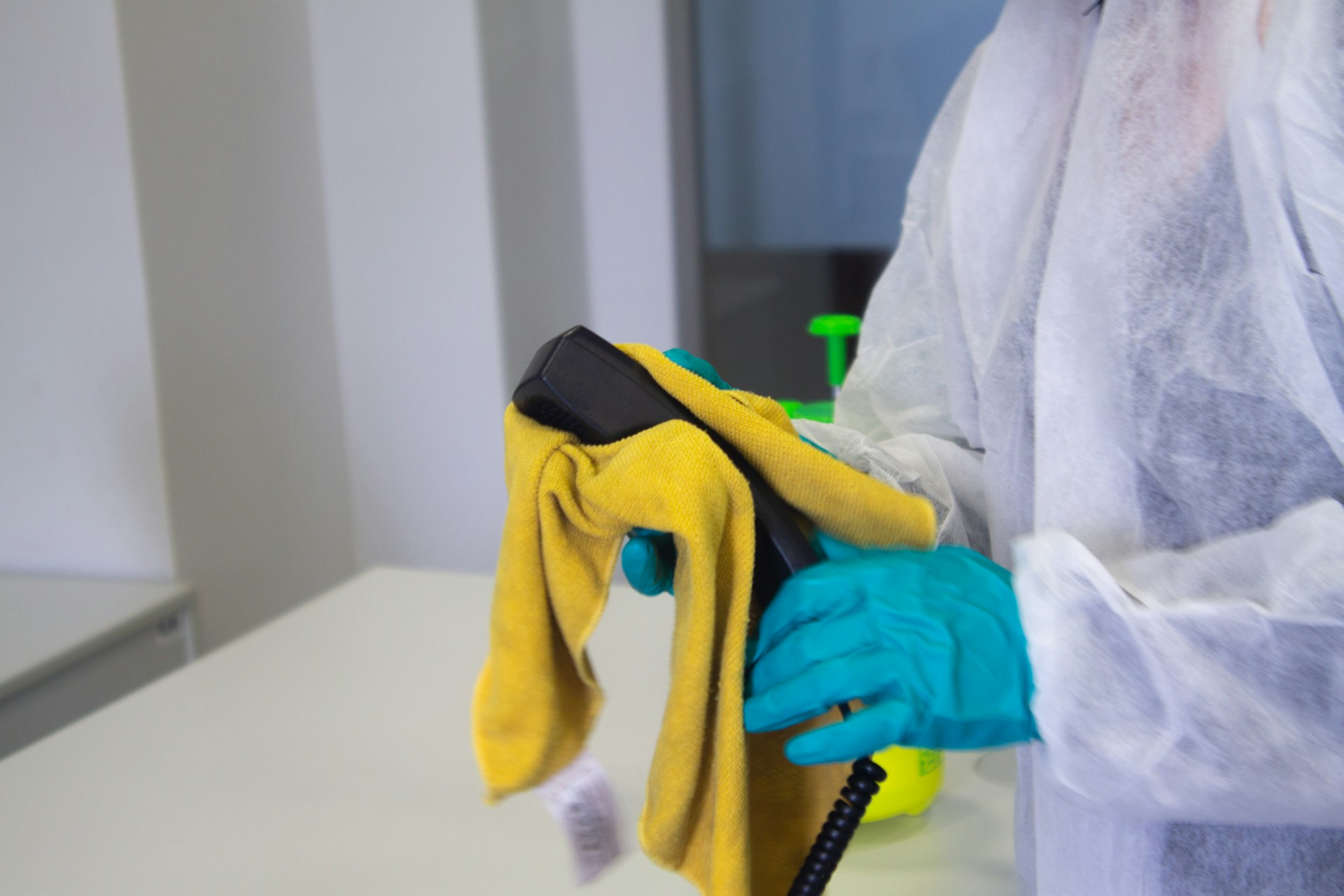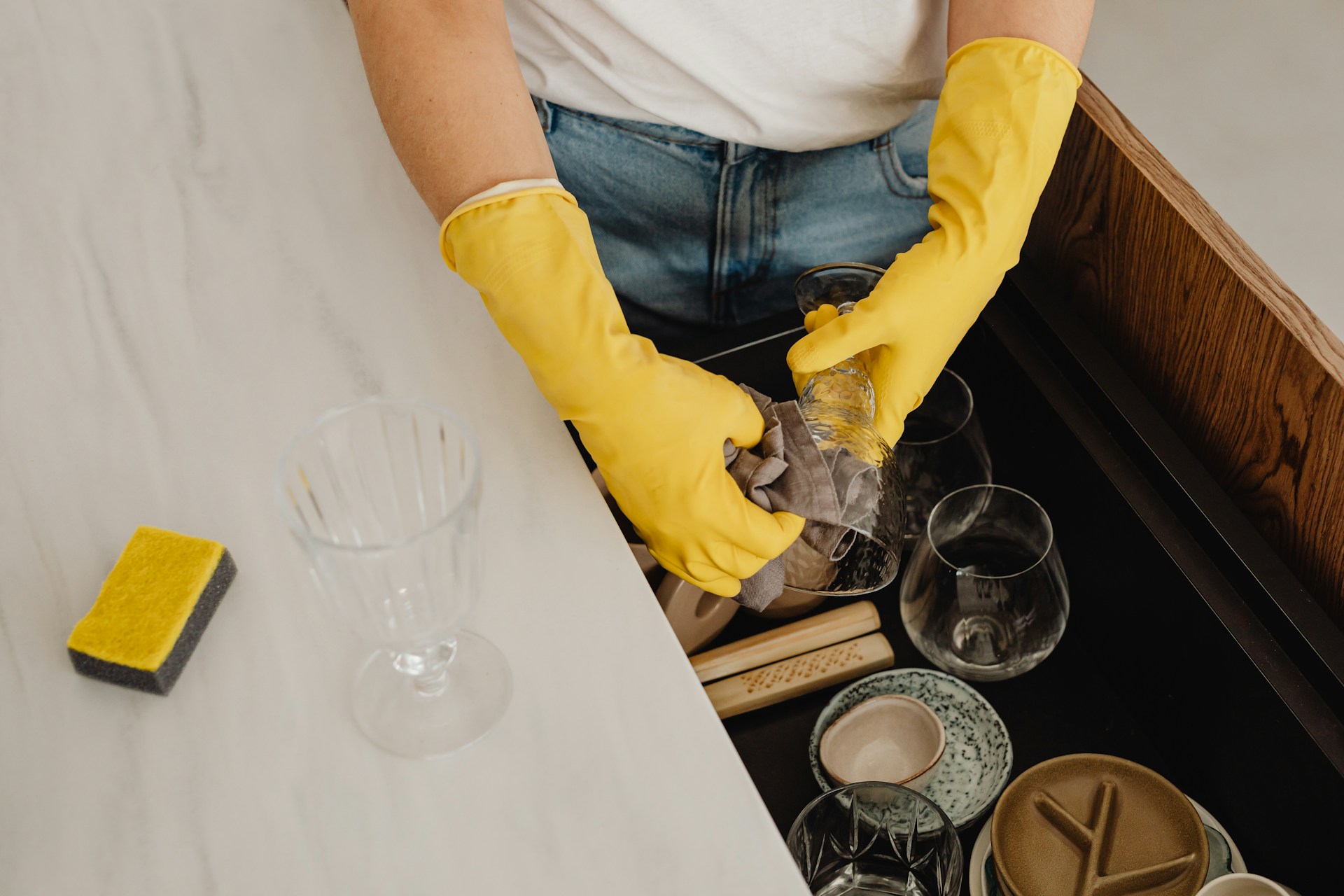Dust and allergens in the home can cause various health problems, especially for those with allergies or asthma. These tiny particles are everywhere, from your carpets and furniture to your curtains and air ducts. They can trigger sneezing, congestion, itchy eyes, and even severe asthma attacks. Understanding how to effectively combat dust and allergens is crucial for maintaining a healthy living space.
Green cleaning offers a safe and effective way to reduce dust and allergens without exposing your family to harsh chemicals. Traditional cleaning products often contain ingredients that can contribute to indoor air pollution, exacerbating allergy symptoms. Green cleaners are made from natural, non-toxic ingredients that are gentle on both your health and the environment.
By incorporating eco-friendly cleaning methods, you can keep your home dust-free and lower the risks associated with allergens. In the following sections, we will explore the health impacts of dust allergens, introduce green cleaning solutions to fight them, and provide effective techniques to maintain a clean and allergen-free home. This approach not only ensures a healthier living environment but also supports a sustainable lifestyle.
Understanding Dust Allergens and Their Health Impact
Dust allergens originate from various sources such as dust mites, pet dander, pollen, and mold spores. These tiny particles settle on surfaces like carpets, furniture, and curtains. When disturbed, they become airborne and can easily be inhaled. This can trigger allergic reactions in sensitive individuals, causing sneezing, coughing, and itchy eyes. In more severe cases, dust allergens can lead to asthma attacks, making it difficult to breathe.
Dust mites, in particular, are a common trigger for allergies. These microscopic creatures thrive in warm, humid environments and feed on dead skin cells. Their droppings contain proteins that can cause allergic reactions. Because they are so small, dust mites and their droppings easily become airborne and get into the respiratory system. Regular cleaning is essential to reduce their presence in your home.
Pet dander is another significant allergen. Pets shed tiny flakes of skin, which can contain proteins that trigger allergies. These flakes can get trapped in carpets, upholstery, and bedding. Even if you do not have pets, pet dander can be brought into your home on clothes or shoes. Latex, a common allergen found in some household items, can also contribute to indoor pollution. Understanding these sources of allergens helps you better tackle the problem and keep your home healthy.
Green Cleaning Solutions to Combat Dust
Switching to green cleaning solutions is an effective way to combat dust while protecting your health and the environment. Green cleaning products are made from natural ingredients that do not release harmful chemicals into the air. These products are just as effective, if not more so, than traditional cleaners in removing dust and allergens from your home.
One popular green cleaning solution is a mixture of vinegar and water. Vinegar is a natural disinfectant and can help to remove dust and kill dust mites. Simply mix equal parts vinegar and water in a spray bottle, and use it to wipe down surfaces. Another excellent green cleaner is baking soda. Sprinkle baking soda on carpets and mattresses, let it sit for 15 minutes, then vacuum it up to remove dust and freshen the fabric.
Essential oils also play a role in green cleaning. Oils like tea tree, lavender, and eucalyptus have natural antibacterial and antiviral properties. Add a few drops to your cleaning solutions to enhance their effectiveness and leave a pleasant scent. Microfiber cloths are another great addition to your green cleaning arsenal. These cloths trap dust and allergens better than regular rags or paper towels, and they can be washed and reused, reducing waste.
Using green cleaning solutions helps you maintain a cleaner home while ensuring the well-being of your family and the planet.
Effective Green Cleaning Techniques for Allergy Reduction
Using the right techniques is crucial for reducing allergies effectively. First, always start with proper ventilation. Open windows and doors to allow fresh air to circulate and carry away airborne allergens. This helps reduce dust and improves indoor air quality. Use fans to keep the air moving, which can also help push particles out of your home.
When cleaning, start from top to bottom. Dust ceiling fans, light fixtures, and high shelves first so that any falling dust can be cleaned up later. Use microfiber cloths to trap dust particles effectively. These cloths can hold more dust than regular cloths and do not just push dust around. Vacuum carpets, rugs, and upholstery regularly. Opt for a vacuum cleaner with a HEPA filter, as it can capture tiny particles that other vacuums might leave behind.
Do not forget hidden spots where dust likes to gather, such as behind appliances, under furniture, and in air vents. A damp mop or cloth works best for hard floors, as it traps dust instead of spreading it. Clean your bedding frequently using hot water to kill dust mites and regularly wash pet bedding and toys to remove allergen buildup.
Maintaining a Dust-Free and Allergen-Free Home with Eco-Friendly Products
Maintaining a dust-free and allergen-free home is an ongoing process. Developing a regular cleaning routine is essential. Schedule weekly cleaning sessions to tackle dust on surfaces, and make sure to vacuum at least twice a week. Use green cleaning products consistently to avoid the buildup of harsh chemicals that can irritate allergies.
In addition to regular cleaning, adopting preventative measures can make a big difference. Use air purifiers with HEPA filters to capture airborne allergens. These purifiers can help keep the air clean, reducing the amount of dust and allergens that settle on surfaces. Also, consider using allergy-proof covers for mattresses and pillows to create a barrier against dust mites.
Minimize clutter where dust can easily accumulate, such as magazines, books, and decorative items. Store these items in closed containers to reduce dust collection. Choose hardwood and tile floors over carpets when possible, as they are easier to clean and less likely to harbor dust mites.
Houseplants like spider plants and peace lilies can also help improve air quality by acting as natural air filters. They absorb pollutants and add moisture to the air, which can be beneficial for people with allergies. By combining these strategies with the use of eco-friendly products, you can maintain a healthier and cleaner home environment.
Conclusion
Combating dust and allergens in your home is essential for maintaining a healthy living space. By understanding the sources of dust and their impact on health, you can take effective steps to reduce allergens. Green cleaning solutions provide a safe and environmentally friendly way to tackle dust without exposing your family to harmful chemicals. Techniques such as proper ventilation, regular vacuuming, and using microfiber cloths can make a significant difference in keeping your home dust-free.
Adopting a consistent cleaning routine and preventative measures, like using air purifiers and minimizing clutter, helps maintain a cleaner environment over time. Embracing green cleaning products and methods supports not only your health but also the well-being of the planet. Eco-friendly practices, combined with effective cleaning strategies, lead to a healthier and more enjoyable living space for everyone.
For a truly thorough and green clean, consider partnering with Green World Home Cleaning. Our professional green cleaning is dedicated to making your home clean, safe, and healthy. Contact us today to create a customized cleaning plan that fits your needs and promotes a healthier living environment.
.webp)









%20Medium.webp)